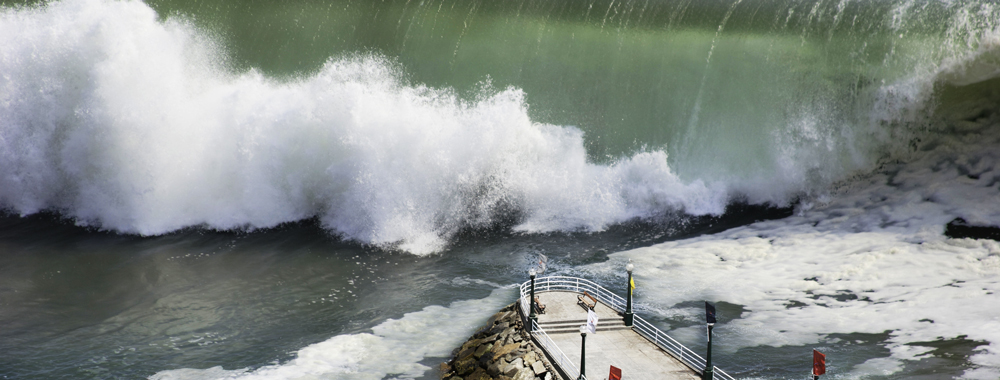Natural disaster mitigation
Ocean Networks Canada
Natural hazards can cause a massive loss of property and life and have negative long-term social, economic, and environmental consequences. Although we can’t prevent earthquakes and tsunamis from occurring, we can certainly mitigate their secondary impacts with early-warning detection systems.
In Canada we have the Web-enabled Awareness Research Network (WARN), a geohazard-detection Research Software Platform that coordinates information from dozens of sensors to notify emergency personnel and automatic safeguard systems of potentially disastrous events.


